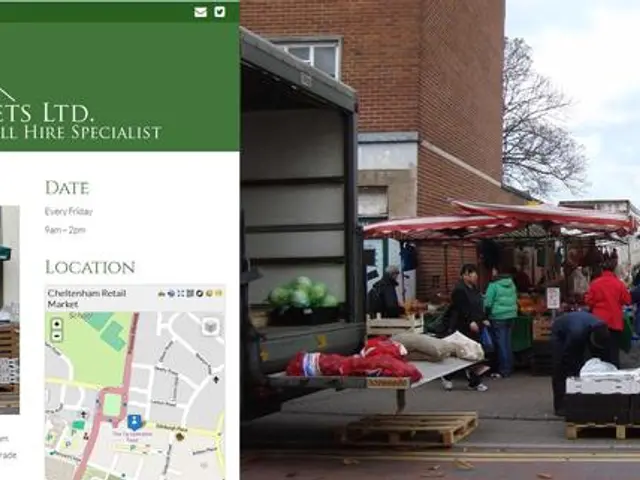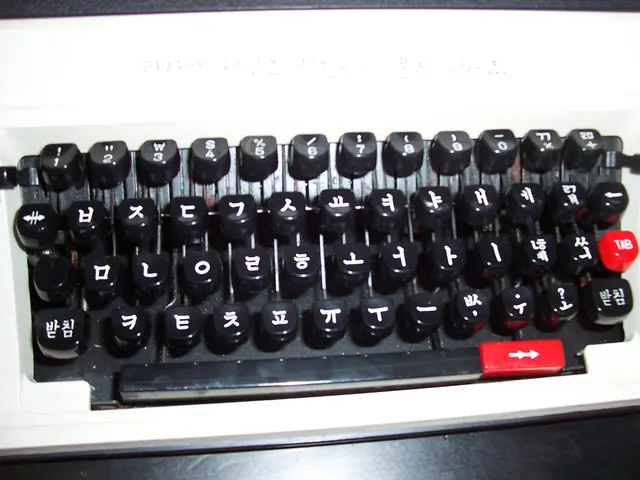Air conditioning units for mobile devices lead to expensive electricity bills - Expensive mobile air conditioning units
In the ever-rising heat of summer, portable air conditioners (ACs) can provide a quick solution for temperature regulation in individual rooms. However, their long-term costs and energy efficiency should be carefully considered.
According to a comprehensive analysis by Verivox and Testberichte.de, the average electricity cost per year for portable ACs ranges primarily based on the unit's power, cooling capacity, and usage. For instance, running a 1500-watt unit for eight hours daily during summer can add approximately $24 extra per month to your energy bill, equating to around $560 annually if used continuously during the cooling season.
The analysis, which included 247 mobile air conditioning units, reported that larger portable ACs for room sizes between 31 and 45 square meters typically cost around 467 Euro. These units consume an average of around 109 Euro in electricity costs per year. In contrast, smaller mobile ACs for room sizes between 15 and 30 square meters typically cost around 303 Euro, with an average electricity consumption of around 78 Euro per year.
Despite their convenience, portable ACs are not the most efficient option for cooling larger rooms or entire apartments. Their cooling capacity is often limited, and oversized units can waste energy, while undersized units may run constantly without adequately cooling the space.
Additionally, portable units require venting hot air through a window or wall, which can lead to heat exchange and the loss of cooled air. This setup is less efficient than central or split systems designed for whole-house cooling. Moreover, most portable ACs are not Energy Star certified, indicating generally lower efficiency compared to other cooling systems.
Verivox energy expert Thorsten Storck advises using portable air conditioners in as small a room as possible to minimise costs and energy consumption. For whole-apartment cooling, more efficient solutions like central AC or ductless mini-splits—which have higher upfront costs but use energy more efficiently—are generally recommended.
In conclusion, while portable air conditioners can be suitable for short-term temperature regulation of individual rooms, they should be used judiciously due to their limited cooling capacity, energy consumption, and inefficiency for larger spaces. It is crucial to consider both the initial purchase price and the long-term operating costs when deciding on a cooling solution for your home.
In light of the analysis conducted by Verivox and Testberichte.de, it might be prudent for homeowners to evaluate the community policy on energy usage before investing in portable air conditioners, considering the significant impact on electricity bills. Meanwhile, amid home-and-garden improvements, it is worth noting the importance of incorporating modern gadgets like energy-efficient appliances and technology, such as ductless mini-splits, in living a sustainable lifestyle that reduces energy consumption.







